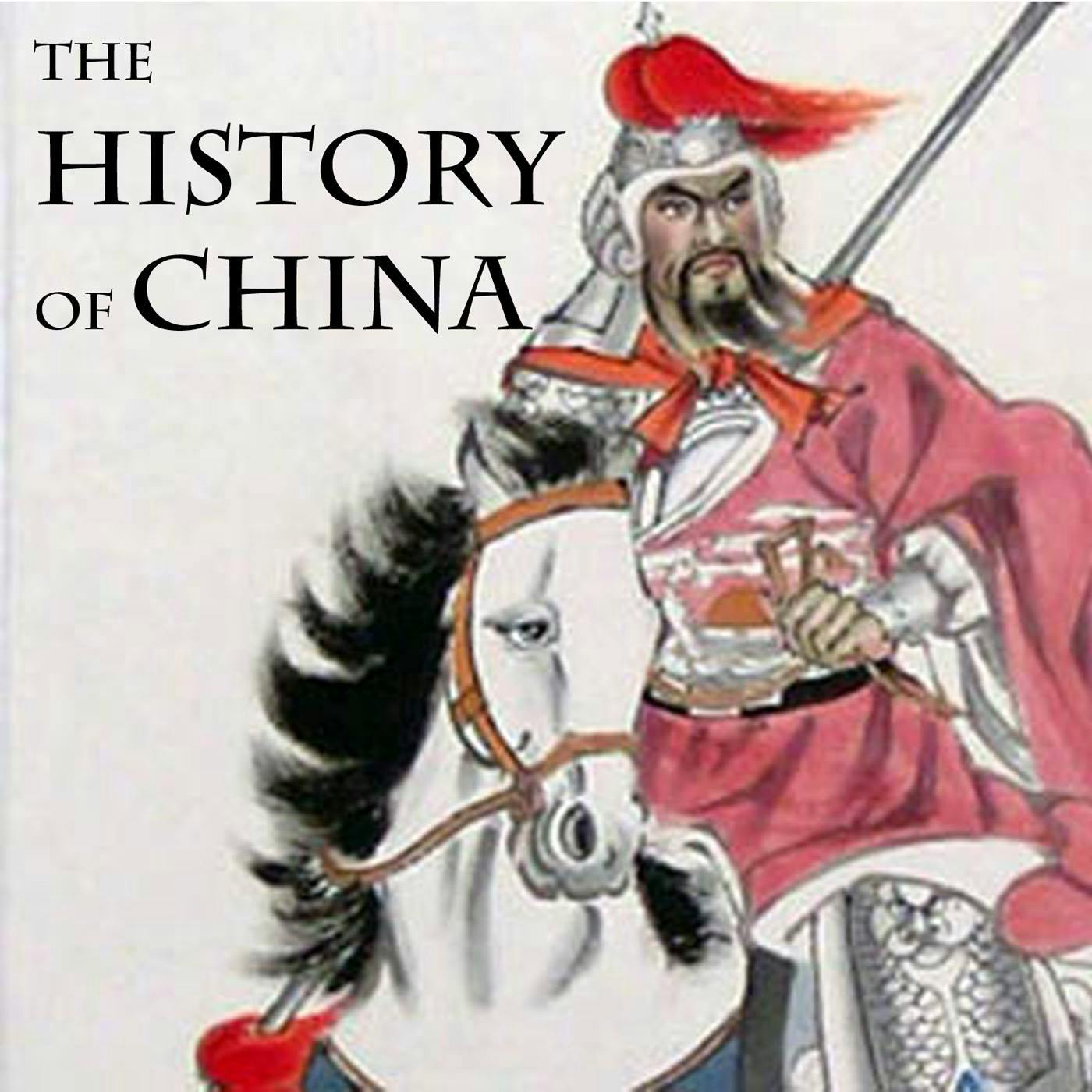
#106 - Tang 19: Not Quiet on the Western Front

The History of China
Shownotes Transcript
You would think that finally quelling the largest rebellion on Earth would by the realm back into peaceful harmony. Unfortunately for the Tang, you’d be wrong. While China was forced to spend every waking moment in the Northeast desperately trying to drive back An Lushan for the past 7 years, the Tibetans went ahead and moved in from the West, cutting off Chinese access to the Far West Protectorate, and by 763 poised to deliver a devastating broadside to the already-devastated Tang Empire. And as if that’s not enough, in the middle of all this, a loyal military commander has false accusations of treason leveled against him by a paranoid regional official, but then through a series of zany happenstances is forced to actually rebel against the government for fear of being convicted and killed for the initial false charges. This is why we can’t have nice things…
Time Period Covered:
763~770 CE
Major Historical Figures:
Tang Empire:
Emperor Daizong of Tang (Li Yu) [r. 762-779]
Crowned Prince Li Kuo
General Guo Ziyi, Guard Commander of Chang’an
General Pugu Huai’en [d. 765]
Luo Fengxian, Imperial Eunuch Official
Xin Yunjing, Governor of Hedong
Yu Chao’en, Commander of the Army of Divine Strategy [d. 770]
Tibetan Empire:
Tsenpo Trisong Detsen
Uyghur Khaganate:
Tengri Bögü Khagan (Qutlugh Tarqan Sengün)
Major Works Cited:
Chamney, Lee (2012). “The An Shi Rebellion and Rejection of the Other in Tang China, 618-763.” University of Alberta.
Dalby, Michael T. (1979). “Court Politics in Late Tang Times” in The Cambridge History of China, vol. 3.
Liu, Xu. (945). Jiu Tang Shu.
Ouyang, Xiu (1060), (tr. Colin Mackerras, 2004) “The History of the Uyghurs” in Xin Tang Shu.
Sima, Guang. (1084). Zizhi Tongjian.
Wang, Bing-Wen (2012). “A Tragedy of Marriage and Politics: the Puku Huai’-en Rebellion” in New History Journal (新史學雜誌).
Learn more about your ad choices. Visit megaphone.fm/adchoices)